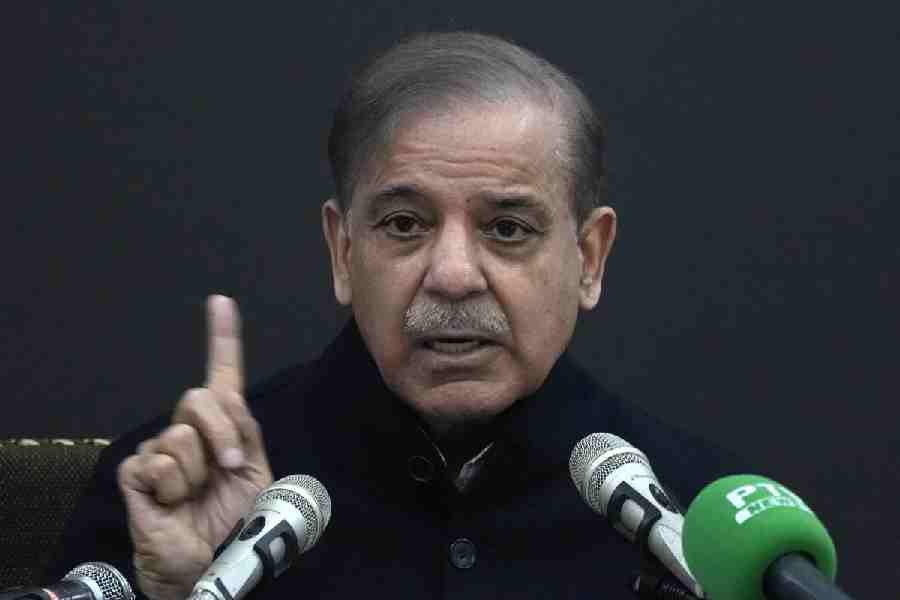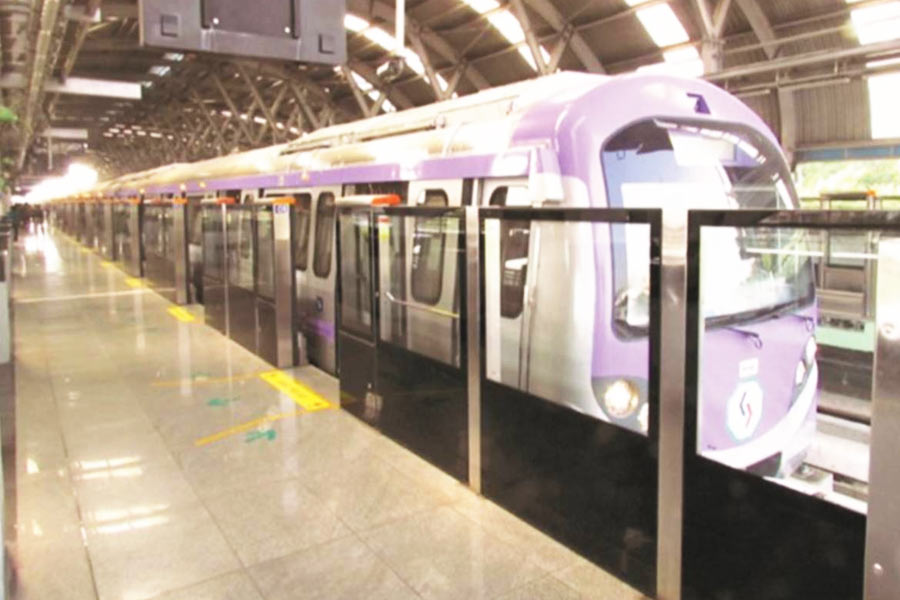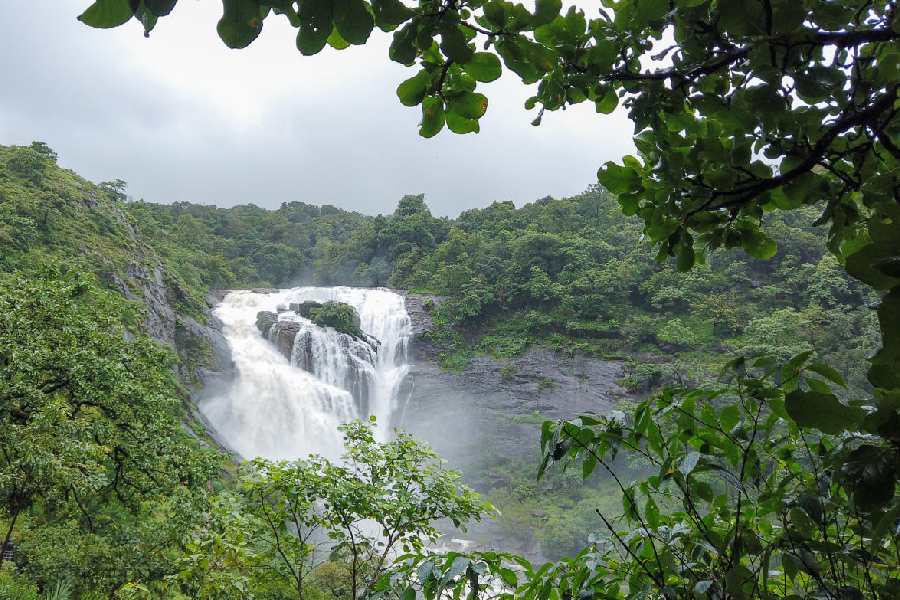 |
| Barh thermal power station |
The thermal power station at Barh is expected to start commercial generation by March 1 after the trial run at the plant went off without a hitch.
The Union power ministry has set a deadline of March 1 for commercial generation to start at the power station’s 660MW Stage II.
Bihar will get 330MW from the second stage, as the Centre has allocated it 50 per cent share.
Barh would be the second unit in the state to start generation after the Muzaffarpur Thermal Power Station. The first unit of the Muzaffarpur plant started generation on November 17 last year after renovation and modernisation work was complete. Its second unit is also expected to start production by the end of March this year.
An official at NTPC Barh said: “The plant is ready after the trial run. We can start commercial generation anytime in February as the power ministry has set March 1, 2014, as the deadline for commissioning to start.”
Prodded for a specific date, he added: “We cannot specify one, but we are planning to start as early as possible. It could be started sometime in February. During the trial run, the plant was run beyond its full load capacity of 660MW — it was run at 672MW — and nothing was amiss.”
The trial run or synchronisation process at Barh was put in motion in the middle of October last year.
A crucial step before a plant can start commercial operation, in a trial run, a plant is connected to the grid concerned to check the load factor and ensure all aspects of the plant are working correctly to be made operational.
This process was conducted at Barh for around three months during which the behaviour of equipment was monitored from the control room and everything was found satisfactory, sources said.
The second unit of Barh Stage II would be made operational by September this year. Bihar will get another 330MW from the second unit. The government will get 523MW (26.5 per cent) from three units of 660MW each from the plant’s Stage I, which would be complete by the end of 2016.
The commissioning of Stage II at the Barh plant would help the government tide over the problems of power shortage to some extent. Bihar is heavily dependent on central sector allocation to meet its peak energy requirement of around 3,000MW in the summer.
The stigma of nil power generation on Bihar could only be erased after a decade last year with the commis- sioning of the Muzaffarpur plant.
On the ability of a plant to generate more power than its full load capacity, the NTPC Barh official explained it was possible with modern technology and design.
He said if any plant is equipped with modern technology and design, it has the scope of producing an additional 10 per cent power over its installed capacity.
This although is dependant on the plant getting uninterrupted good quality coal supply.
The Muzaffarpur plant — a joint of venture of NTPC and Bihar State Power (Holding) Company Ltd — also generated power beyond its full load capacity of 110MW.
Chief minister Nitish Kumar, after dedicating the plant to the state, said: “I was in the control room of the plant for a few minutes and saw that the plant generated more power from its capacity of 110MW.”
At present, Bihar gets around 1,500-1,600MW against the total scheduled allocation of around 2,000MW from central sector.
Bihar also purchases 400MW from the open market besides getting 110MW from the Muzaffarpur thermal power plant.
Since Bihar is set to benefit from the Barh plant, Nitish has held review meetings from time to time to oversee its progress. He has also issued necessary instructions to the senior NTPC officials to speed up the work and complete the plant at the earliest.










